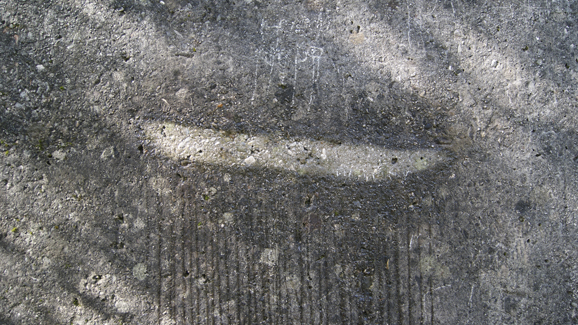
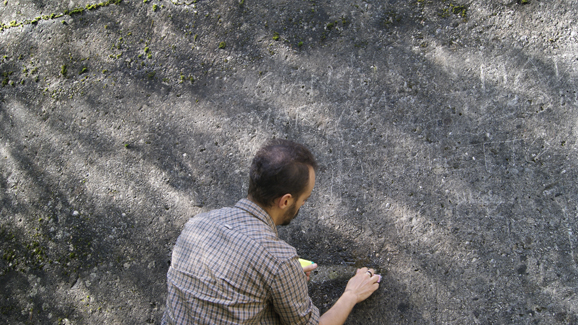
“When the desire for alteration becomes the foremost issue, when we care for nothing but new sounds, new images and new scenes, then it’s lost for us any ability to enjoy Nature and Art, and a childish love for toys has replaced it.”
John Ruskin
We’re against the idea of modifying the dam with elements that, in a definitive way, might alter its memory: the mountain has taught us, with the Vajont disaster, that humans always have little respect and awareness of the landscape that surrounds them and of the people who inhabit it, especially in a place (the Fiulian Dolomites) in which the landscape is complex, and only its inhabitants understand its limits. The fracture-line of Mount Toc is a visible memory, much more intense than any other sign/symbol of installation.
With these premises, the intention is to indeed work with the elements which have been the protagonists of the tragedy, but also with the dam itself, as support. After 51 years, the landscape changed, the houses rebuilt, the generations changed, but the dam remains were it always stood, as if to demonstrate that it is still the main subject on which the attention is always focused.
Precisely utilizing such a fundamental element of the disaster, the water, it is possible to partially clean off-remove that patina built over time. The proposed action is one of rediscovery of the dam, changing the current perception of it without adding anything.
“the monument must remain as it is, it doesn’t have to undergo any posterior intervention, it shouldn’t be touched, it has to be left to die peacefully even trying to delay its fatal day with a continuous effort of upkeeping. The monument, when it’s abandoned, in ruins, stops having a finite image, and gains an infinite dimension, which blurs with nature.” John Ruskin
Every artwork has a life of its own, and necessitates upkeeping, as our work is an effort of upkeeping and memory.
“… it is necessary to create a kind of proximity with the visitor because the artist is someone who doesn’t have a life anymore, that is only, or should be, a place where everyone should be able to say «it’s me. It’s my story».”
Christian Boltanski
Voce (Eng.: Voice) because a redemption, at least from an historic standpoint, was never considered in the Vajont tragedy.
Voce because we start again considering the possibility of discussing, in this place, contemporary art.
Voce is the possibility of acting, it’s not only an artwork, but it’s continuity, collaboration, and research.
For its realisation we foresee the collaboration with Dolomiti Contemporanee, regarding the usage of suspended anchoring which might allow the “cleaning” of the surface. May it be possible to support this effort or not, we offer ourselves as “workmen” in this in-progress construction site.
NOTES
An abstract of the project is presented here, and its full version is available at www.vvoce.tumblr.com .
The blog is not a page that expands on the contents, but it’s an in-progress “construction site” for activating the project as a virtual platform. That is why updates, reflections and prompts which will enable us to reason on the expressive and dialogical possibilities of the proposed project, will be active.
–
“Quando il desiderio del cangiamento diviene la cosa principale, quando non curiamo altro che nuovi suoni, nuove immagini e nuove scene, allora è perduta per noi ogni capacità di godere della Natura e dell’Arte ed ha preso il suo posto un fanciullesco amore per i giocattoli.”
John Ruskin
Siamo contrari all’idea di modificare la diga con elementi che in modo definitivo ne alterino la memoria: con il disastro del Vajont, la montagna ci ha insegnato che l’uomo non sa avere rispetto e consapevolezza del paesaggio in cui vive e delle persone che lo abitano, specialmente in un luogo in cui (Dolomiti friulane) questo paesaggio è complesso e solo chi lo abita può comprenderne correttamente i limiti. la frattura-linea del Monte Toc è una memoria visibile molto più intensa rispetto a qualsiasi altro segno/simbolo o installazione possibile.
Con queste premesse, l’intenzione è sì quella di lavorare con gli elementi protagonisti della tragedia, ma anche con la diga stessa in quanto oggetto-supporto.
Dopo 51 anni il paesaggio è mutato, le case ricostruite, le generazioni cambiate, ma la diga rimane sempre lì, ancor oggi soggetto principale di quest’area, su cui viene costantemente focalizzata l’attenzione.
Proprio utilizzando un elemento protagonista del disastro, l’acqua, è possibile ripulire-asportare parzialmente quella patina accumulatasi nel tempo.
L’azione proposta vuol essere intesa come una ri-scoperta della diga, in grado di modificarne l’attuale percezione senza aggiungere nulla.
“il monumento deve rimanere così com’è, non deve subire nessun intervento a posteriori, non deve essere toccato, deve essere lasciato morire serenamente pur cercando esso di allontanare il giorno fatale arttraverso una continua manutenzione. Il monumento quando è abbandonato e in rovina smette di avere un’immagine finita ed aquista una dimensione infinita che si confonde con la natura. ”
John Ruskin
Ogni opera ha una sua vita e necessita di una propria manutenzione, così il nostro lavoro è un lavoro da manutentore di memoria.
“… è necessario creare una sorta di prossimità con il visitatore perché l’artista è qualcuno che non ha più vita, che è solamente o dovrebbe essere un luogo dove ognuno possa dire «sono io. È la mia storia».”
Christian Boltanski
Voce perchè non è mai stata considerata la possibilità, da un punto di vista storico, di riscatto, dalla tragedia del Vajont.
Voce perchè ripartiamo considerando la possibilità di discutere, in questo luogo, dell’arte contemporanea.
Voce è la possibilità di agire, non è solamente un’opera, ma è continuità, collaborazione e ricerca.
Per la realizzazione si prevede il supporto di Dolomiti Contemoranee per la realizzazione degli angoraggi sospesi che permetterebbero la “pulitura” della superfice. Nel caso non potesse esservi il supporto di un’impresa, ci offriamo come “operai” di questo cantiere in-progress.
NOTE
Viene in questa scheda presentato un estratto del nostro progetto, che è presentato in modo più completo alla pagina web www.vvoce.tumblr.com.
Questo blog non è una pagina che amplia i contenuti, ma è cantiere in progress per attivare il progetto come piattaforma virtuale. Per questo motivo saranno inseriti aggiornamenti, riflessioni e spunti che ci permetteranno di ragionare sulle possibilità espressive e dialogiche del progetto proposto.
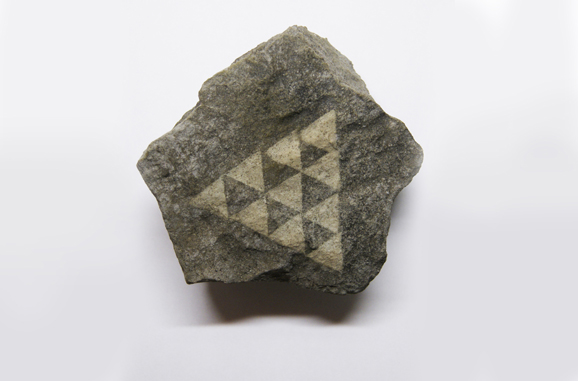
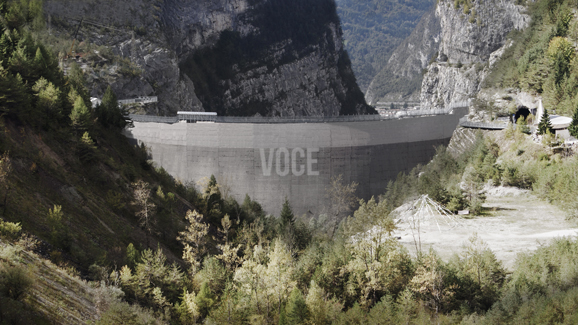
One Response to nan / moras

 pordenone
pordenone
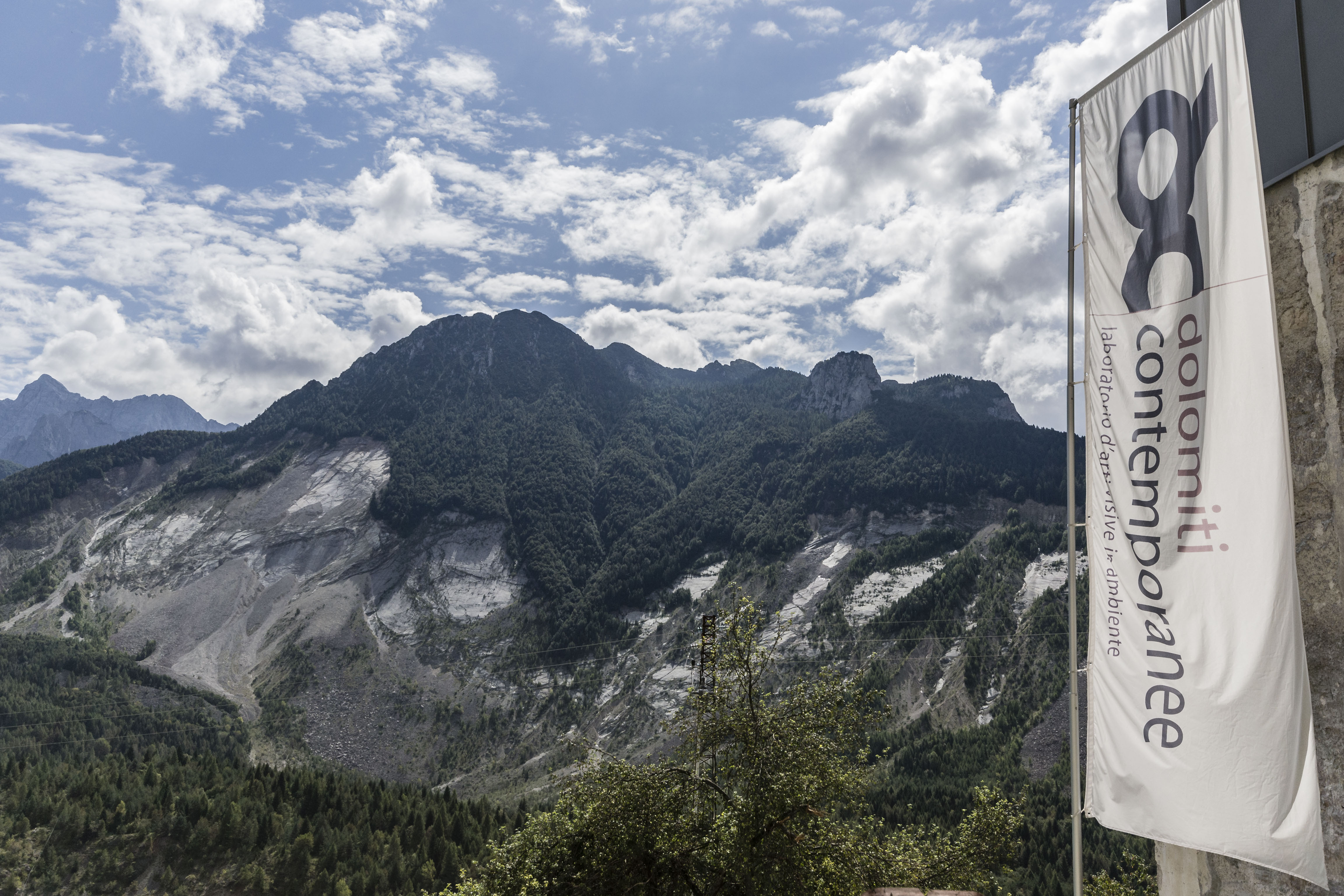
Tuesday, June 15th 2021, 2 – 4 PM, webinar panel:
two calls for vajont: fase _restart.
Vajont: [...]





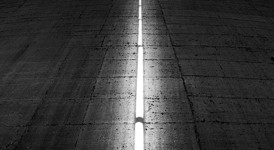
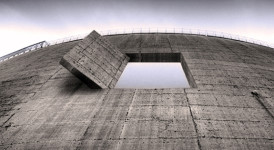
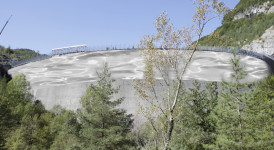

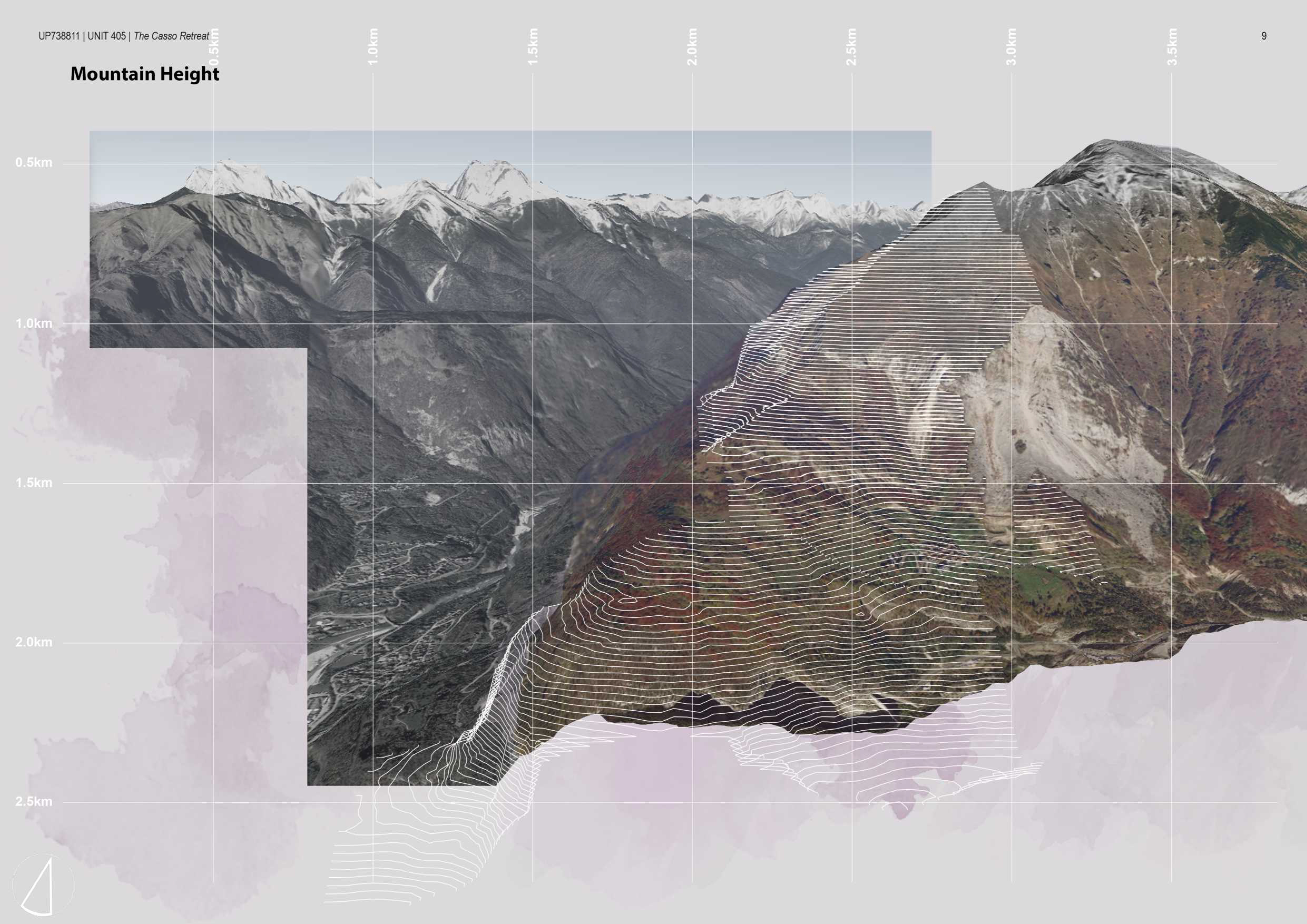









molto interessante e coinvolgente il sito che segnalate per seguire il progetto, http://www.vvoce.tumblr.com, mi piace!